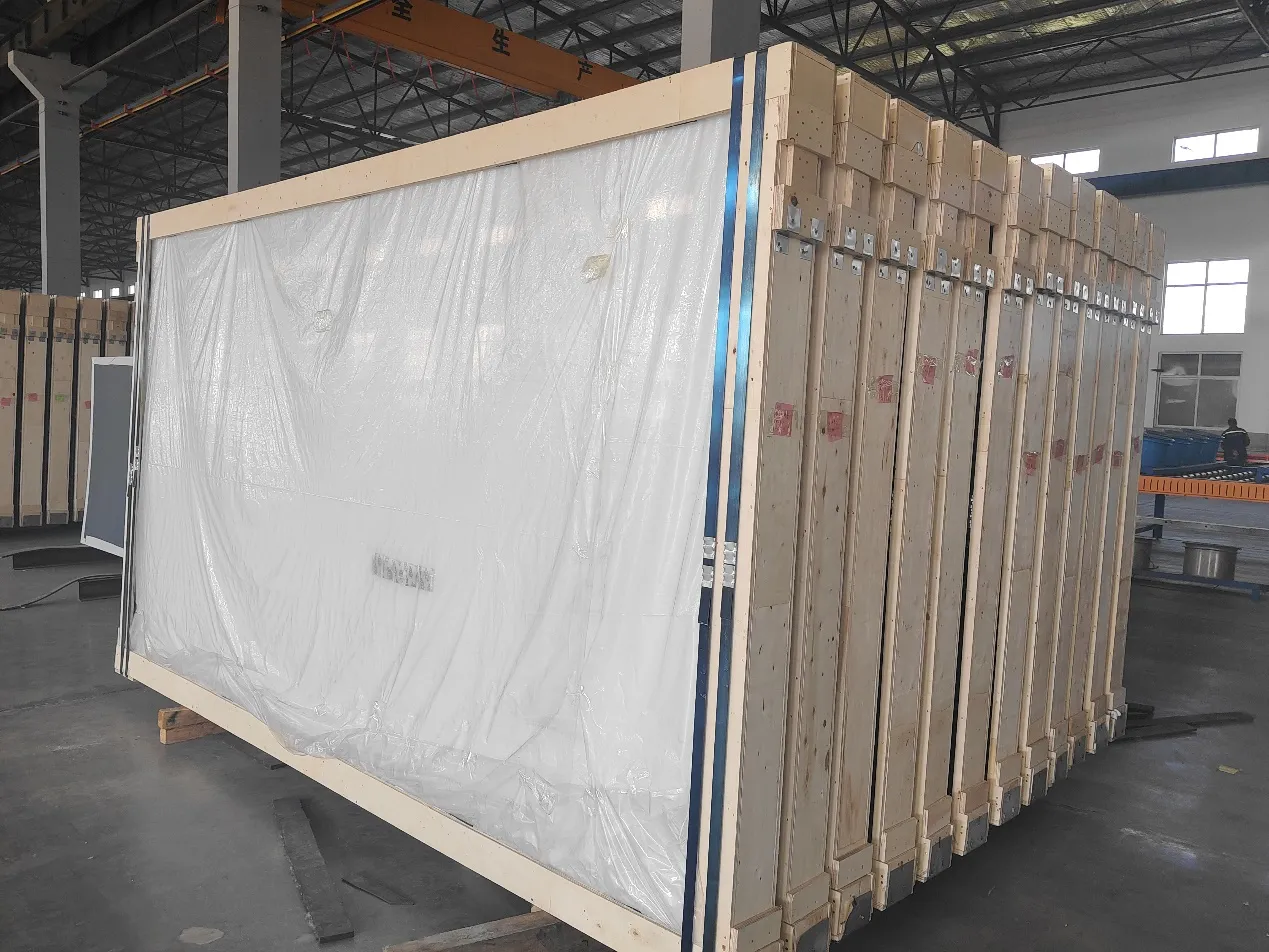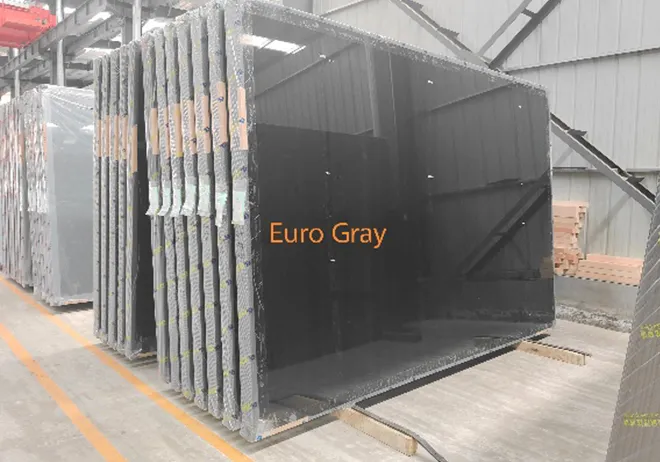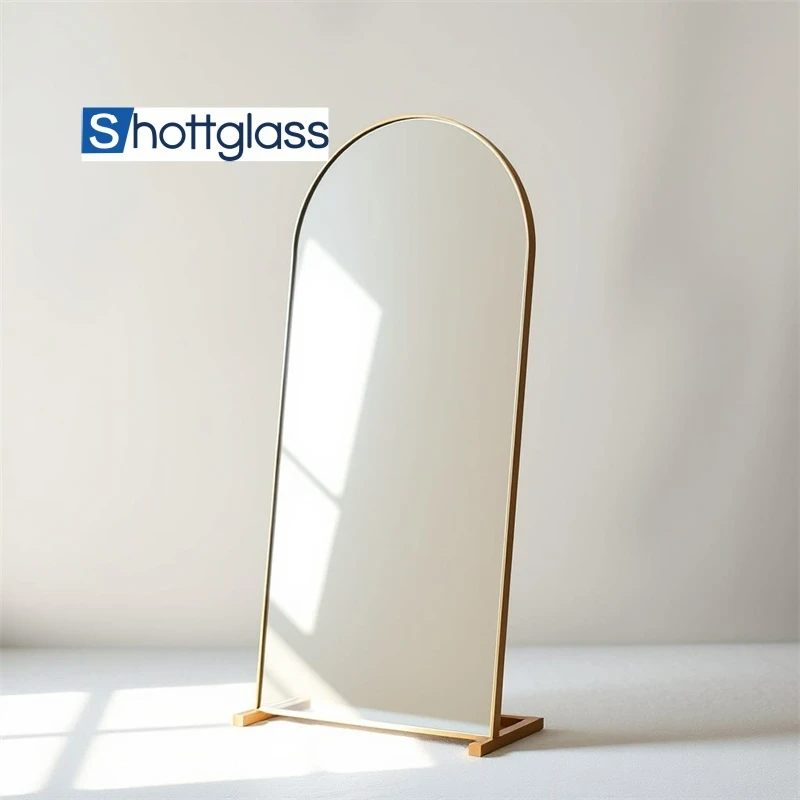Jun . 09, 2025 18:54 Back to list
Premium Textured Mirror Glass Stylish Decor Solutions
- Understanding Textured Mirror Glass Fundamentals
- Technical Advantages Driving Material Adoption
- Leading Textured Glass Suppliers: Comparative Analysis
- Custom Fabrication Solutions for Specialized Projects
- Breakthrough Applications Across Industries
- Emerging Innovations in Glass Texturing Technology
- Future Market Outlook for Coloured Textured Glass

(textured mirror glass)
Textured Mirror Glass: The Unseen Design Catalyst
While conventional mirrors serve functional purposes, textured mirror glass
introduces transformative qualities that elevate interiors through engineered surface treatments. Unlike standard flat mirrors that simply reflect images, textured variations manipulate light through precisely controlled surface patterns. These specialized treatments diffuse reflections while maintaining mirror functionality – creating visual depth, enhancing spatial perception, and introducing tactile dimensions. Industrial applications currently consume over 68% of annual production, but commercial and residential adoption is growing at 14.7% annually according to Global Architectural Materials Review. This expansion reflects designers' increasing preference for dimensional surfaces that simultaneously solve practical challenges while delivering aesthetic innovation.
Technical Advantages Driving Material Adoption
Beyond its immediate visual impact, the technical superiority of textured glass offers solutions unavailable through conventional glazing. The engineered surface topography provides built-in privacy screening while maintaining light transmission – critical for interior partitions where obscurity is required without sacrificing brightness. Manufacturing techniques like acid-etching and roller embossing produce patterns ranging from subtle linear grooves to dramatic geometric formations, each with distinctive light diffusion profiles. UV-stable coatings applied before tempering ensure pattern durability against environmental degradation. These treatments fundamentally modify the material's relationship with light: where standard glass transmits 90-92% of visible light, textured variants redirect 15-40% through diffraction, dramatically reducing glare hotspots while maintaining overall luminosity. Furthermore, these surfaces mask minor surface imperfections common in high-traffic environments.
Leading Textured Glass Suppliers: Comparative Analysis
Specialized manufacturers differentiate through proprietary texturing technologies, material composition, and consistency standards. Below table compares key industry players:
| Supplier | Texturing Methods | Thickness Range | Customisation Options | Production Lead Time |
|---|---|---|---|---|
| Vitrum Textures | Roller embossing, CNC etching | 3mm-15mm | Pattern depth, colour infusion | 4-6 weeks |
| Aura Glassworks | Laser engraving, chemical fusion | 4mm-12mm | Pattern density, metallic finishes | 3-5 weeks |
| Matteo Glass Corp | Sandblasting, thermal forming | 5mm-19mm | Graduated effects, edge treatments | 6-8 weeks |
Industry benchmarking reveals Vitrum maintains superior consistency in pattern replication (±0.03mm depth tolerance), while Aura offers enhanced sustainability with 65% recycled material content. Matteo's thermal processes allow three-dimensional shaping capabilities beyond surface texturing – ideal for curved installations.
Tailoring to Perfection: Custom Solutions
Beyond catalog offerings, specialized suppliers accommodate bespoke architectural requirements through advanced fabrication processes. Coloured textured glass begins with metallic oxide additives introduced during the float glass production stage, creating base tints that interact uniquely with texture patterns. Recent hotel lobby installations have demonstrated how gold-infused glass creates warm illumination effects impossible with surface-applied films. Digital design transfer allows complex custom patterns including corporate logos or nature-inspired motifs to be etched onto mirror surfaces with 0.1mm precision. Regional manufacturing hubs serve distinct markets: European fabricators specialize in restoration work replicating historical glass textures, while Asian producers dominate large-scale architectural projects requiring meter-sized panels. Prototype development typically involves physical and digital sampling to visualize light interaction patterns before full-scale production.
Breakthrough Applications Across Industries
Several pioneering implementations demonstrate the material's versatility beyond conventional uses. Healthcare clinics increasingly specify acoustic-textured glass that attenuates sound transmission by up to 42 decibels while serving as examination room dividers. Retail environments leverage colour-saturated versions as focal installations – a noted luxury boutique featured 8-meter rippled amber panels that reduced overhead lighting requirements by 60%. Transportation applications benefit from textured surfaces that resist visible scratching and fingerprint marks. Industrial settings employ coarse-patterned safety mirrors in warehouses where forklift traffic demands distortion-free sightlines. Contemporary art installations frequently incorporate these dimensional surfaces; the Berlin Biennale featured a commissioned piece using layered textured mirrors to create optical tunnels perceived as infinite space. This artistic application later inspired corporate lobby designs globally.
Material Innovations: The Next Generation
Research breakthroughs continuously expand texturing possibilities and functional enhancements. Electrochromic textured glass now allows users to adjust opacity levels for zones requiring temporary privacy. Photocatalytic coatings provide self-cleaning properties for exterior applications. Nano-scale surface patterning techniques developed for photovoltaic applications are yielding glass with anti-reflective properties specifically optimized for mirrored surfaces – achieving less than 1% reflectivity loss while maintaining pattern clarity. Major manufacturers are establishing dedicated R&D divisions focused solely on textured products. These facilities develop proprietary manufacturing equipment such as programmable-texturing rollers capable of varying pattern depth across a single glass sheet. Sustainability initiatives drive parallel advancements; closed-loop water systems in etching facilities now recycle 98% of processing chemicals while next-generation kilns consume 40% less energy than conventional tempering furnaces.
Why Coloured Textured Glass Suppliers are Pioneers in Innovation
Current market analysis reveals the coloured textured glass segment experiencing unprecedented growth, projected at 17.3% CAGR through 2030. This expansion reflects designers' recognition of the material's multifaceted potential: functional performance merging with decorative innovation. Leading textured glass suppliers now function as creative partners, applying their technical expertise to solve spatial challenges through material science. The most successful collaborations emerge when architects involve suppliers during schematic design phases, allowing technical constraints to inform creative possibilities rather than limit them. Future developments include intelligent surfaces with embedded responsive technologies that dynamically alter texture opacity based on environmental conditions. As material costs decrease by approximately 8% annually due to manufacturing optimizations, textured mirror options move beyond luxury applications into mainstream architecture. This accessibility will transform expectations for reflective surfaces in everyday environments.

(textured mirror glass)
FAQS on textured mirror glass
What is textured mirror glass?
Q: How does textured mirror glass differ from standard mirror glass?
A: Textured mirror glass features embossed patterns on one side and a reflective coating on the other, creating a unique aesthetic. It distorts reflections subtly while maintaining functionality. This differs from flat mirror glass which offers clear, undistorted images.
Where can I source quality textured glass?
Q: How do I identify reliable textured glass suppliers?
A: Look for suppliers with industry certifications like ANSI Z97.1 and diverse pattern portfolios. Check reviews focusing on customization capabilities and minimum order quantities. Top suppliers offer samples for quality verification.
Are coloured textured glass options durable?
Q: Does coloured textured glass fade or degrade over time?
A: Quality coloured textured glass uses permanent ceramic frit pigments baked into the surface during tempering. This ensures UV resistance and colour stability. Modern coatings prevent peeling or corrosion under normal conditions.
What maintenance does textured mirror glass require?
Q: How should textured mirror glass be cleaned without damage?
A: Use ammonia-free glass cleaner applied to a microfiber cloth first - never spray directly on the textured side. Gently wipe following the pattern grain to avoid residue buildup. Avoid abrasive pads which may scratch the coating.
Can textured mirror glass be used outdoors?
Q: Is textured mirror glass suitable for exterior architectural applications?
A: Yes, when specified with weatherproof silver or copper-free reflective coatings. Such variants withstand humidity and temperature fluctuations. Verify the supplier's warranty covers exterior use and meets regional safety glazing standards.
-
Types of Reflective Glass
NewsNov.17,2025
-
What Is Dichroic Glass?
NewsNov.17,2025
-
Smart LED mirrors can have touch controls
NewsNov.17,2025
-
Laminated glass improves energy efficiency
NewsNov.17,2025
-
Insulated glass enhances building comfort
NewsNov.17,2025
-
Acid etched glass offers elegant privacy
NewsNov.17,2025
Related PRODUCTS














